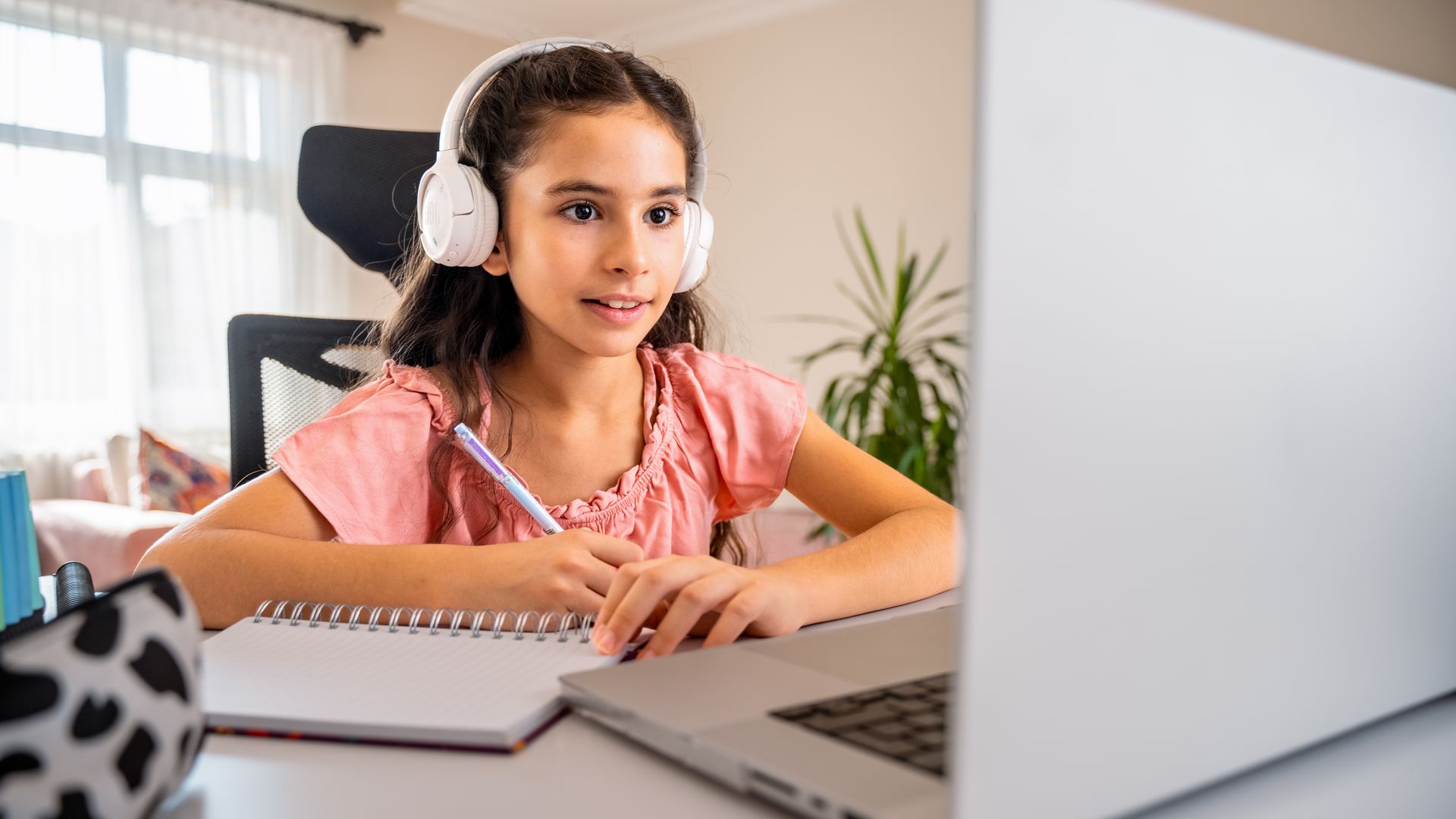Modern parents can agree that screen time has become the broccoli of childhood debates. Everyone has strong feelings, most of them conflicted, and somehow every conversation circles back to guilt. Yet a growing chorus of school psychologists is pointing out something refreshingly grounding. Some types of screen time are not only harmless, they’re genuinely good for kids. Not in a “loophole for more cartoons” way, but in a “science-backed, confidence-building, life-changing” way.
The twist is that this helpful screen time comes from virtual speech, occupational, and psychological therapy. Think of it as tech with a purpose. Instead of mindless tapping, students use screens to build communication skills, emotional regulation, motor development, and focus. And the results are reshaping how schools think about learning.
Why Kids Respond So Well to Virtual Therapy
According to VocoVision experts, today’s students are digital natives, raised in a world where video chats, emojis, and interactive media feel as normal as playground tag. When therapy enters that familiar space, kids often open up faster and participate more deeply. It’s not just comfort. It’s about meeting them in a medium where they already feel skilled.
Therapists use interactive tools to teach skills without it feeling heavy or clinical. A simple matching game can help with articulation. A digital drawing challenge strengthens motor planning. A virtual board game becomes a sneaky masterclass in emotional control.
“Kids today are used to communicating through screens; it’s where many feel comfortable and confident,” explains Kylie Miller, M.Ed., Clinical Manager at VocoVision and former school psychologist. “When therapy meets them in that space, often in creative and gamified ways, many often open up faster and engage more deeply than they would face-to-face.”
Kids experience it as fun, which means they keep showing up, stay engaged, and try harder. In psychological terms, engagement fuels growth. In kid terms, if it feels like a game, it stops feeling scary. “When therapy feels fun and natural, students don’t just participate—they thrive,” says Miller. “They’re building real-world skills like collaboration, self-regulation, and empathy through the same technology they use every day. It’s a win-win.”
How Virtual Therapy Improves Focus
Students managing ADHD, anxiety, or behavioral challenges sometimes struggle with the sensory chaos of traditional classrooms. “The virtual environment removes so many of the stressors that can overwhelm a student with attention or anxiety issues,” explains Miller. “It gives them space to slow down, reflect, and develop focus in a way that feels empowering rather than punitive.”
A child who shuts down in a crowded room may thrive when working with a therapist one-on-one through a laptop. The pace is calmer, the pressure is lower, and the student gets room to practice new coping strategies without feeling watched.
Recent research backs this up. A 2024 study in Frontiers in Psychology found that children receiving consistent virtual psychological support showed better motivation, stronger attendance, and even improved GPAs. Structure meets comfort, and focus follows naturally.
Why Accessibility Matters More Than Ever
Schools everywhere face shortages of therapists. Families in rural or underserved areas often wait months for support. Virtual therapy quietly solves these problems by eliminating geography as an obstacle. “Progress depends on consistency,” says Miller. “When students can log in and receive therapy from anywhere, we eliminate missed sessions and missed milestones. It’s one of the most equitable forms of care we can offer in education today.”
Consistency turns out to be the secret ingredient. When sessions aren’t missed because someone is absent, stuck in traffic, or stretched across several campuses, students progress faster. Those small, steady gains compound into better reading skills, stronger writing, more confidence, and greater emotional resilience.
Therapy becomes a lifeline woven directly into the school day rather than a service that depends on luck or logistics.
What Schools Can Do to Strengthen Access
Districts around the country are experimenting with new models that make therapy more available and more effective. Many are adding hybrid setups that blend online and in-person sessions. Others are using teletherapy to reach students in hard-to-staff regions. Teachers are collaborating more closely with virtual therapists so that classroom strategies match therapeutic goals.
“Access to therapy shouldn’t revolve solely around meeting an IEP goal; it’s a highly effective method to help students find the confidence, connection, and consistency they need to unlock learning potential,” Miller concludes. “When we remove barriers through online access, students show up more focused, confident, and ready to learn.”
The Bigger Picture
When kids get timely access to support, everything from reading levels to self-esteem improves. The beauty of virtual therapy is that it removes the traditional barriers that once made help inconsistent or unavailable.
Instead of viewing screen time as the enemy, parents and educators are learning to look at its purpose. If the screen becomes a tool for building confidence, regulation, communication, and focus, then it’s doing exactly what we hope education will do: give students the skills to thrive.
Therapeutic screen time is not a loophole or a tradeoff. It’s a modern pathway to stronger learning, calmer classrooms, and kids who feel ready to take on the world.
Modern Mami is a parenting and lifestyle column by ¡HOLA! Senior Writer Shirley Gómez, a Latina millennial mom raising a toddler. Focused on the realities of modern motherhood through a Latina lens, the column covers topics ranging from wellness and culture to parenting tips and expert advice.
